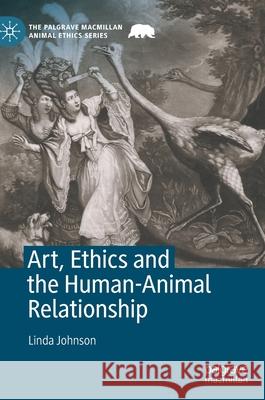Art, Ethics and the Human-Animal Relationship » książka
topmenu
Art, Ethics and the Human-Animal Relationship
ISBN-13: 9783030788322 / Angielski / Twarda / 2021 / 336 str.
Kategorie BISAC:
Wydawca:
Palgrave MacMillan
Seria wydawnicza:
Język:
Angielski
ISBN-13:
9783030788322
Rok wydania:
2021
Wydanie:
2022
Numer serii:
000414447
Ilość stron:
336
Waga:
0.54 kg
Wymiary:
21.01 x 14.81 x 1.91
Oprawa:
Twarda
Wolumenów:
01
Dodatkowe informacje:
Wydanie ilustrowane











